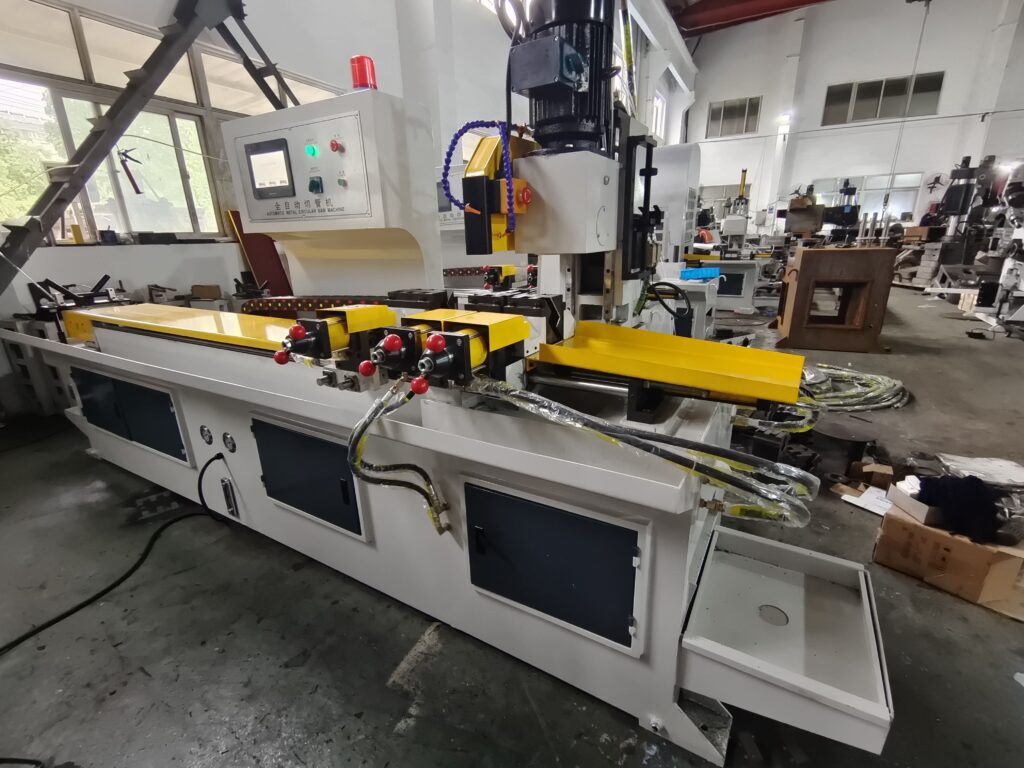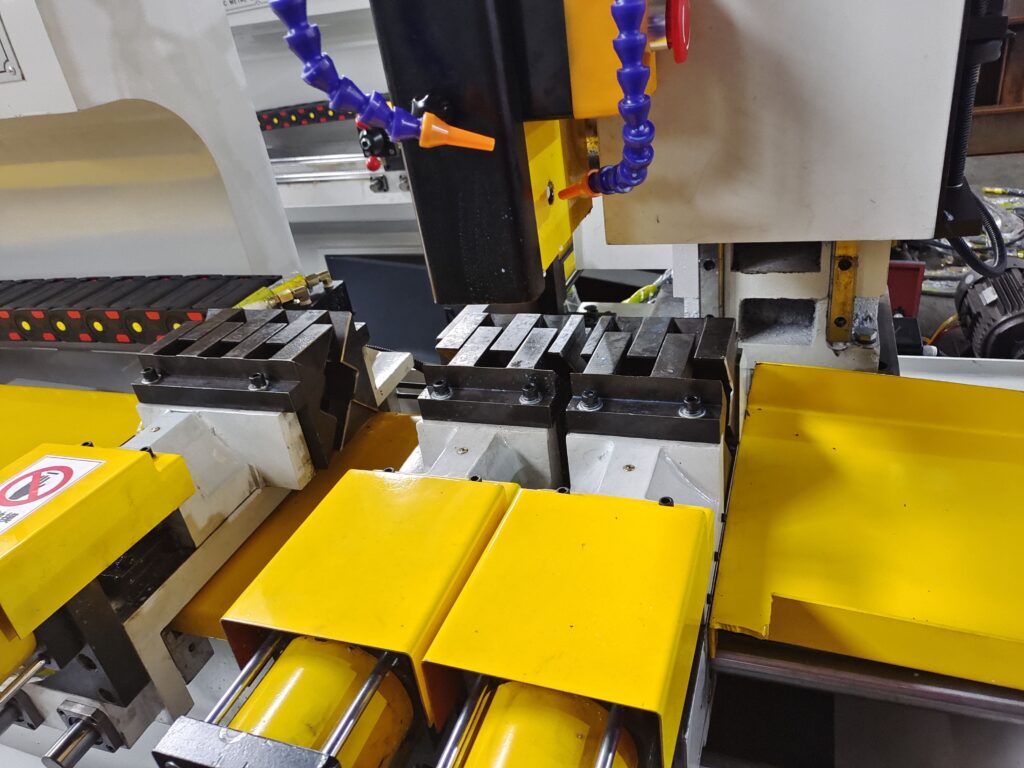What is the Best Thing to Cut Pipe With?
When it comes to working with pipes, whether in plumbing, HVAC installations, or in industrial settings, the need for a precise and efficient cutting tool is paramount. Among the various tools available, the pipe cutting machine stands out as the premier choice for professionals and serious DIY enthusiasts alike.
Understanding Pipe Cutting
Before diving into the specifics of pipe cutting machines, it’s important to understand what makes a good pipe cut. A perfect cut should be:
- Clean: The cut should be free from burrs and any deformations that could affect the pipe’s fitting.
- Square: The ends of the pipe should be perpendicular to its walls to ensure a proper fit with other components.
- Precise: The cut should be at the exact desired length and angle, especially for complex installations.
Different Methods of Cutting Pipes
To appreciate why a pipe cutting machine is often the best choice, let’s review the other common methods and tools used for cutting pipes:
1. Hacksaws
A traditional approach involves using a hacksaw. While this is inexpensive and straightforward, it requires significant manual effort and often results in uneven cuts. Precision with a hacksaw is hard to maintain, especially after multiple cuts.
2. Handheld Pipe Cutters
These are better for smaller pipes, especially copper ones used in plumbing. They are easy to use and produce cleaner cuts than hacksaws but are limited by the pipe materials and sizes.
Why Choose a Pipe Cutting Machine?
Now, let’s delve into why a pipe cutting machine is often the superior choice for cutting pipes, especially in professional settings.
Precision and Consistency
Pipe cutting machines are designed to make precise cuts with minimal error. Whether you are cutting steel, copper, or PVC pipes, these machines use sharp and durable blades or wheels set in a stable mechanism that ensures each cut is as accurate as the first.
Speed and Efficiency
In industrial applications, time is money. Pipe cutting machines can process multiple pipes at consistent lengths and angles much faster than manual methods.
Versatility
Modern pipe cutting machines are designed to handle a variety of materials and pipe diameters. Some machines are equipped with adjustable blades or wheels, allowing them to cut through different metals and plastics with ease.
Manual cutting tools can be dangerous, especially when handling large or heavy pipes.
Reduced Labor
Using a pipe cutting machine can significantly reduce the physical strain on workers.
Types of Pipe Cutting Machines
To further understand the advantages of using a pipe cutting machine, here are some common types:
Orbital Pipe Cutters
These are perfect for cutting thin-walled pipes made from materials like copper and aluminum. They rotate around the pipe, ensuring a clean and perpendicular cut without deforming the pipe.
Band Saw Cutters
These machines use a rotating band saw blade to cut through metal pipes.
Abrasive Disc Cutters
These are similar to angle grinders but are mounted on a stable base and include features for precise cutting depth and angle control. They are suitable for cutting very thick pipes and are often used in heavy-duty industrial applications.
CNC Pipe Cutting Machines
For the utmost in precision and automation, CNC (Computer Numerical Control) pipe cutting machines offer programmable functionality.
Case Studies: The Pipe Cutting Machine in Action
Case Study 1: Industrial Installation
In a recent industrial project, a series of large steel pipes needed to be installed. The precision required for these pipes was high, as they would be carrying pressurized steam. A CNC pipe cutting machine was used to cut these pipes to exact lengths and angles.
Case Study 2: Residential Plumbing
A plumbing company was tasked with replacing old copper piping in a historic building. Due to the irregular spaces and the need for numerous small cuts, an orbital pipe cutter was used.





